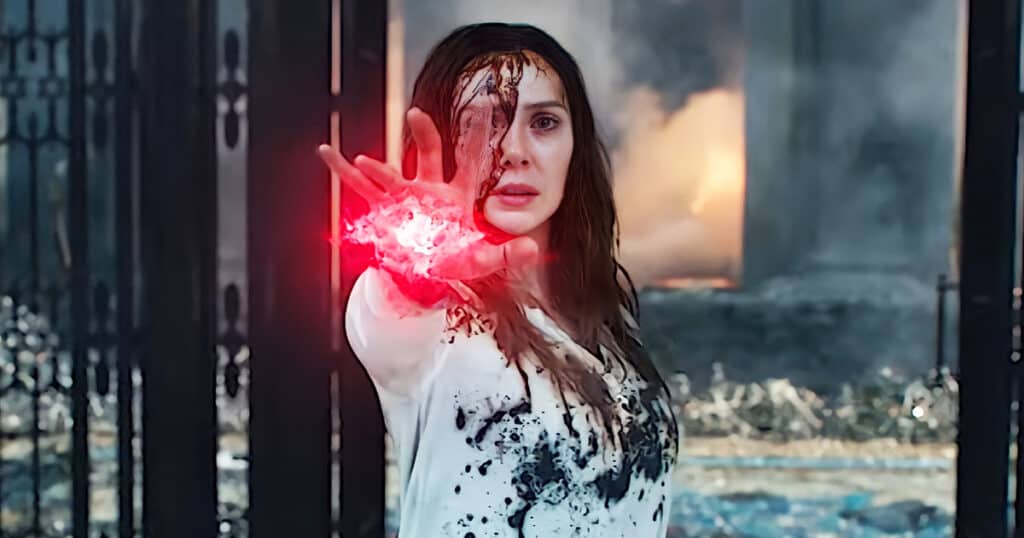
If you’ve seen Doctor Strange in the Multiverse of Madness you are very much aware that it is the MCU’s darkest release to date. Director Sam Raimi managed to walk a fine line between PG-13 fun and R-rated mayhem but the film dangerously slipped into the latter on a few occasions. So how did Marvel convince the MPAA to grace the Doctor Strange sequel with a PG-13 rating? Variety has looked into this and it points to the lack of consistency of the ratings board and how exactly the MCU release probably avoided an R-rating.
Doctor Strange in the Multiverse of Madness is rated PG-13 for “intense sequences of violence and action, frightening images and some language.” Variety points out that if the film was a more independent release and not backed by a large entity such as Disney, the film would’ve likely gone through more difficult paces to maintain its rating. According to Variety, “Feeling that parents are more concerned about exposure to sexual topics than bloodshed, the ratings board has typically made the deliberate choice to overlook blatant brutality and violence depicted in major studio films.”
There is also the issue of what genre that film falls under. Kevin Feige made it clear when the movie was announced that it was going to be the MCU’s first horror film. There is no denying the fact that the film dabbles in that genre on many occasions. It’s the first MCU film with legit jump scares and much of the movie’s imagery is saturated in horror tropes. Some of it recalls Raimi’s The Evil Dead or Drag Me To Hell but the MPAA may have viewed the production to be more of a superhero film rather than a horror movie, thus allowing it the PG-13 rating. There are scenes of people being cut in half and another where someone’s head explodes from the inside. I guess it’s a matter of how the scene is depicted that determines how the MPAA operates. Variety also points to Christopher Nolan’s Dunkirk. That film shows a soldier being killed by a grenade, and multiple men drowning and being burned alive but it lacks bloodshed and the end result was a PG-13 rating. On the other hand, they also look at a film like Planes, Trains, and Automobiles starring Steve Martin and John Candy. That movie received an R-rating because of one scene where Martin’s Neal Page throws out numerous F-bombs after his car is stolen. Speaking of Drag Me To Hell, that Raimi production was also rated PG-13 although it feels like one of his R-rated efforts. Variety thinks because it blended horror and dark comedy, it was able to slip through the MPAA cracks.
I can personally say that I have a friend who took his 11-year-old son to see Doctor Strange in the Multiverse of Madness and once it was over he immediately texted me. I thought I was going to have a conversation about how good the film was but instead, it was about the graphic nature of the film. His son was, at times, terrified by what he had seen. He believed the film should’ve been rated R and he was shocked that it wasn’t. I can say that I’ve seen far worse things in legitimate horror movies and that what was presented in the Doctor Strange sequel was tame by most standards but I can understand the shock that Disney was allowed to go this far and still secured the rating they desired to optimize their financial success. I suppose if the violence doesn’t feel real and appears like it’s out of a comic book, the MPAA gives a bit more slack on the rating the film will receive.
Do YOU think Doctor Strange in the Multiverse of Madness should’ve been rated R?







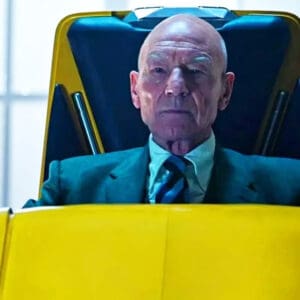
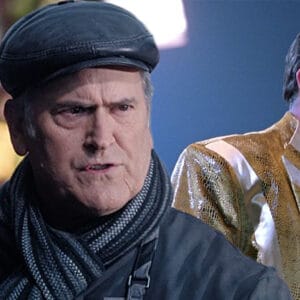
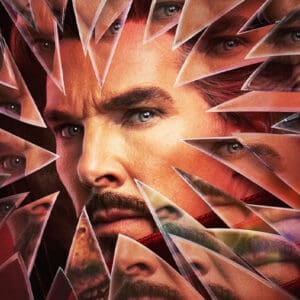
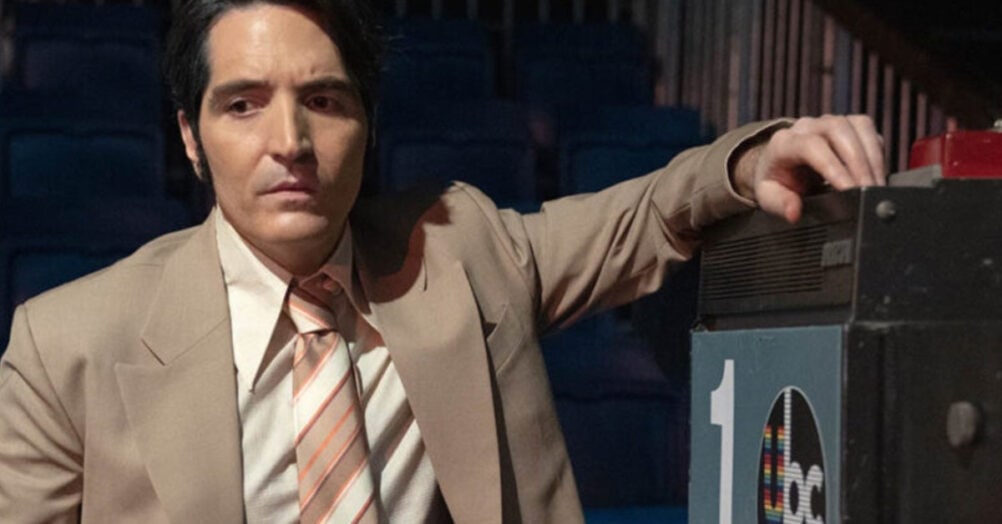
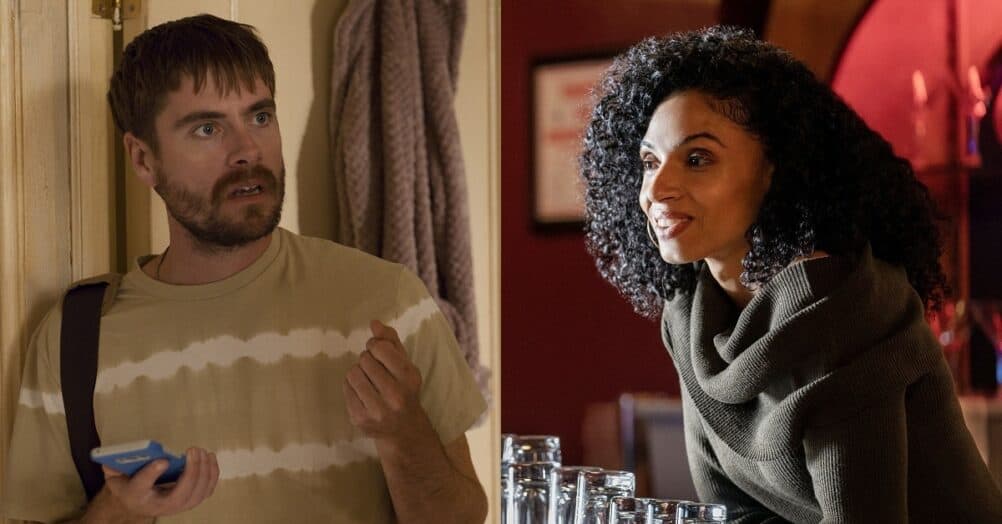
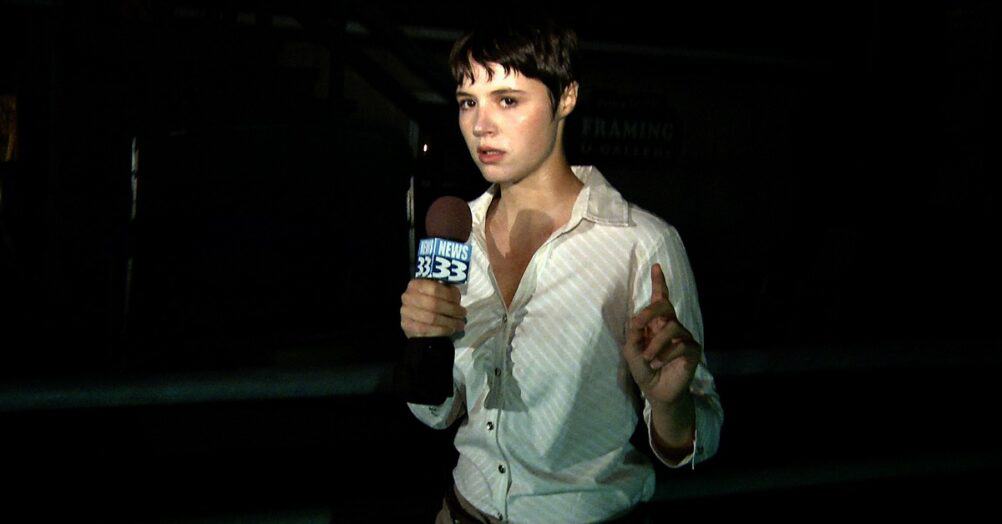




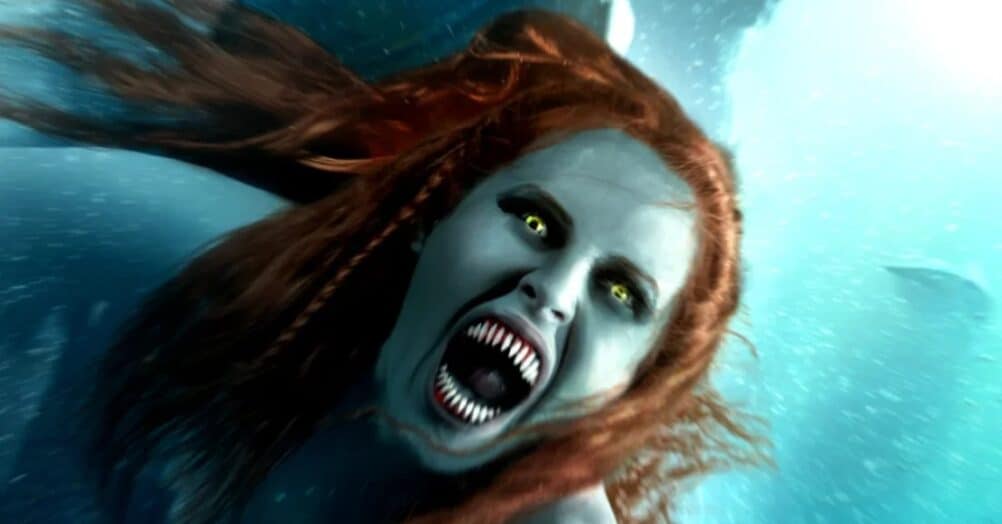
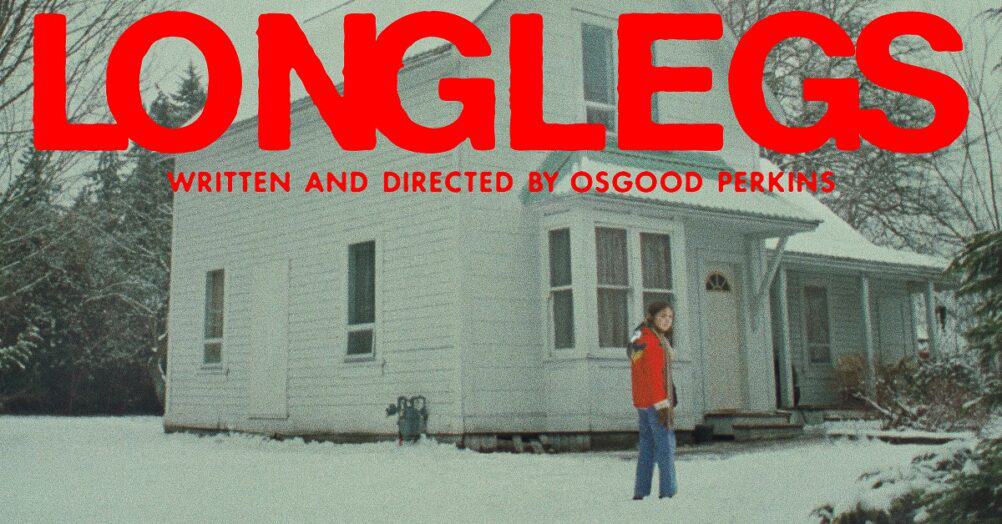

Follow the JOBLO MOVIE NETWORK
Follow us on YOUTUBE
Follow ARROW IN THE HEAD
Follow AITH on YOUTUBE